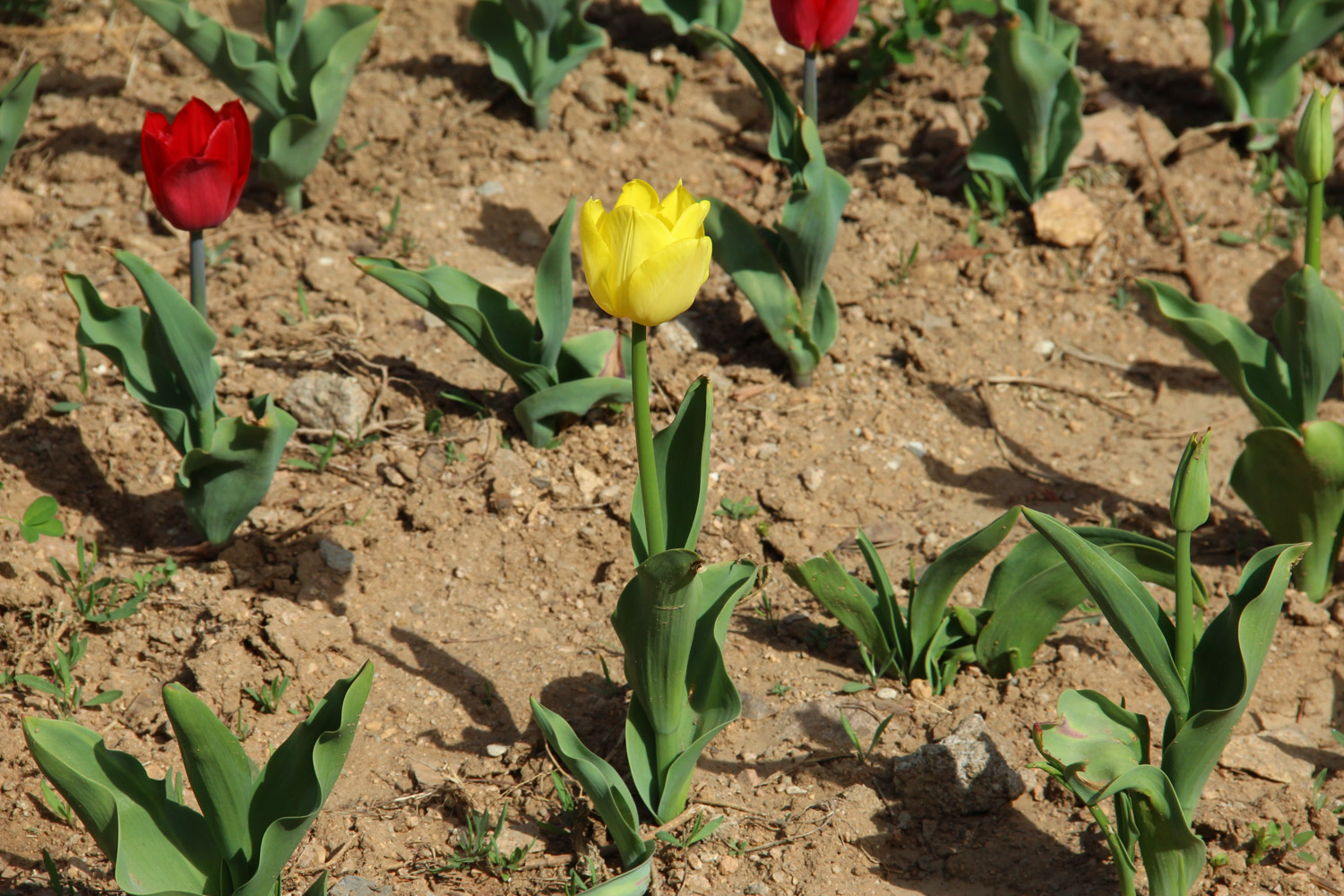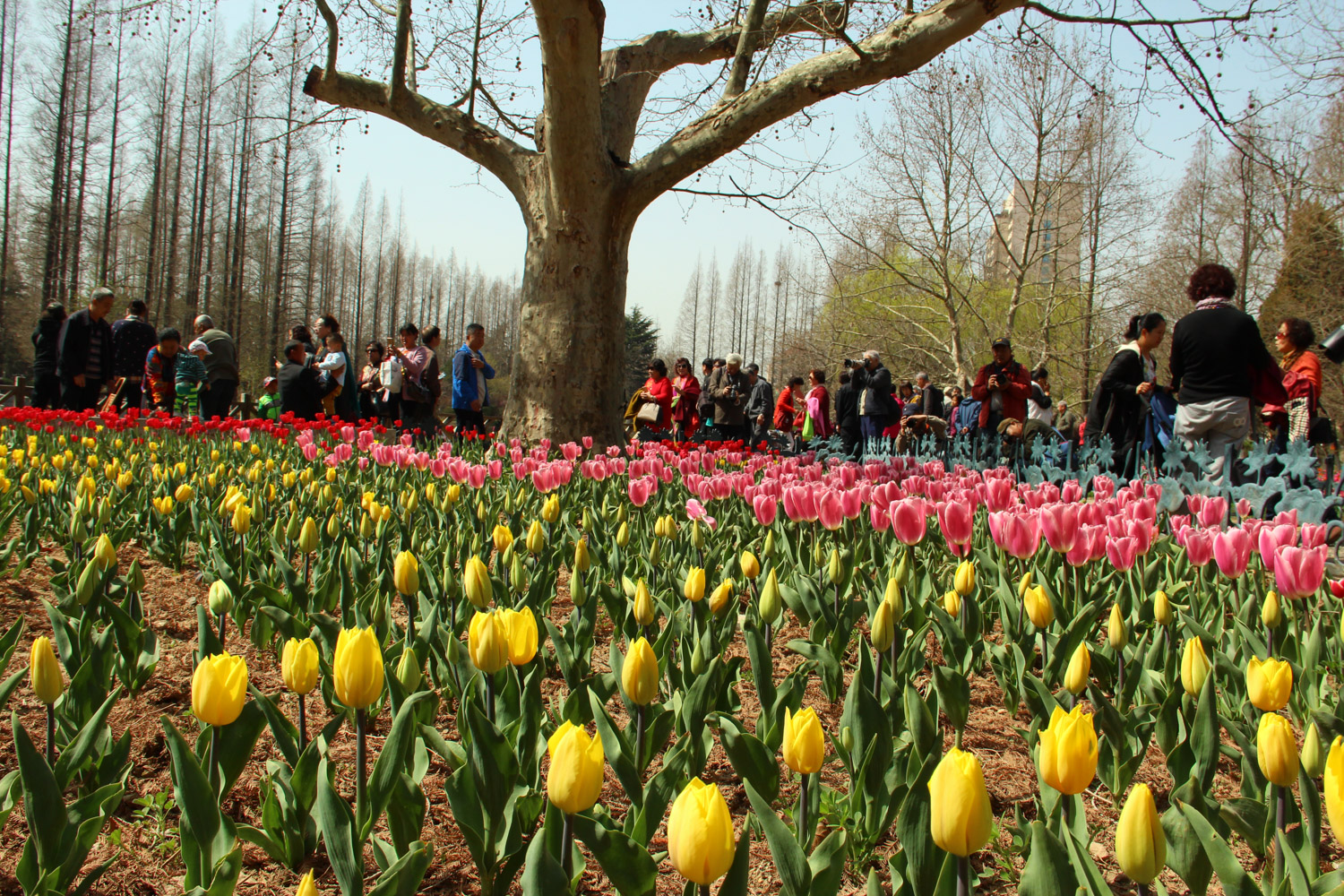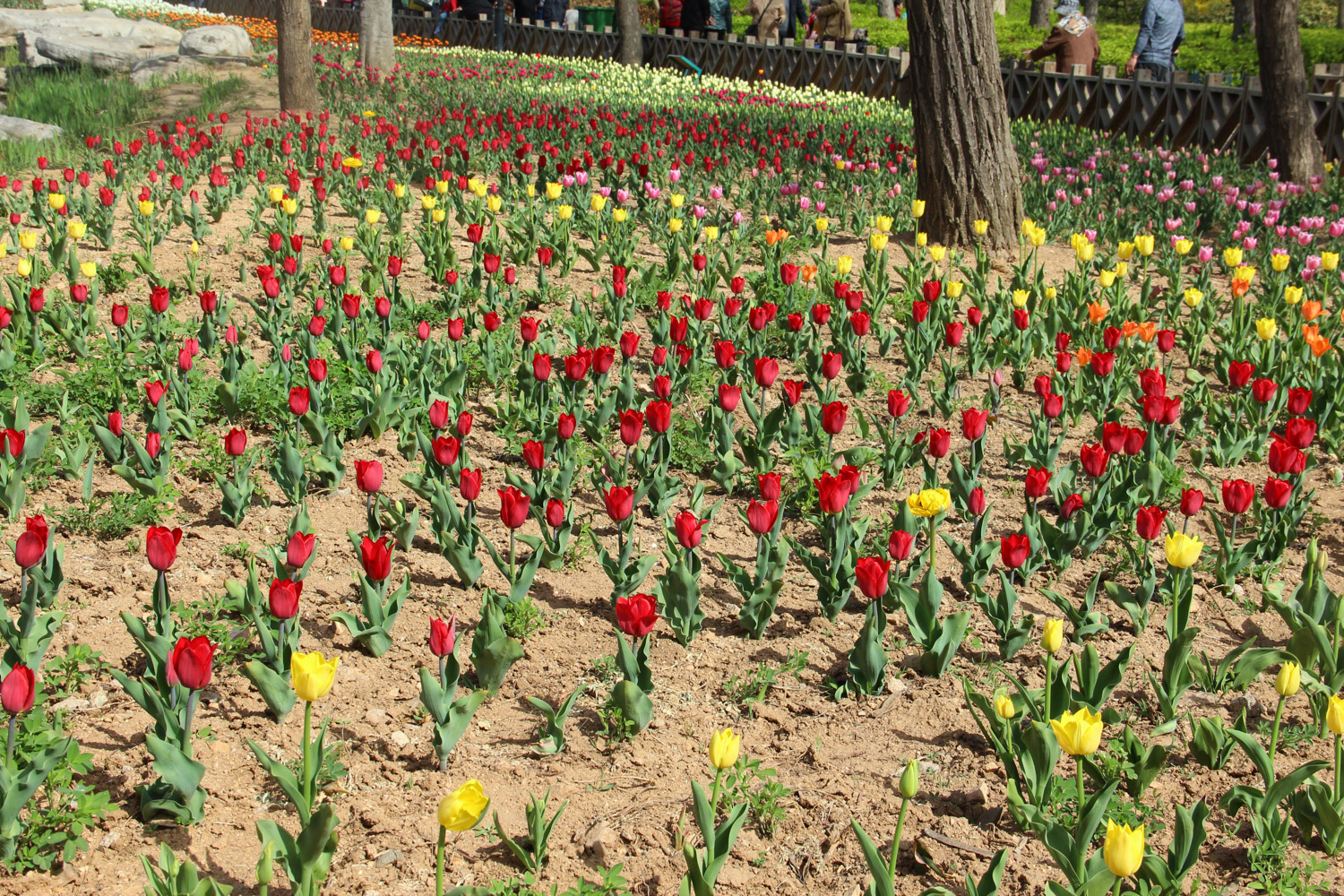1、 Increase illumination
Tulip is a plant with long sunshine, and its growth is inseparable from sufficient light. If the environment is relatively dark, the plant cannot carry out photosynthesis and synthesize nutrients, which will lead to poor growth and yellow leaves. Usually put it in a sunny place and let it receive light all day. If the light is too strong, you also need appropriate shade to avoid sunburn

2、 Lower the temperature
Tulips like the environment with mild climate. If the temperature is too high, the water in the plant will be lost quickly, resulting in yellow leaves. In this case, it needs to spray water properly and absorb heat through water evaporation to reduce its temperature. In addition, maintain good ventilation, which can also accelerate evaporation and avoid too humid environment

3、 Controlled watering
Tulip bulbs are afraid of waterlogging. Once watered more, they will rot, which will affect the roots of the plant. Daily watering should not be too much. It should be kept moist before germination, less water after emergence, and the soil should be slightly dry during flowering. If you water too little, the growth of plants will slow down

4、 Supplementary fertilizer
The growth of tulips needs fertilizer. Many nutrient deficiencies will lead to the phenomenon of yellow leaves, which generally needs to be fertilized in time. At the beginning of planting, sufficient base fertilizer should be applied, usually dry chicken manure or rotten compost. After the plants grow leaves, liquid fertilizer can be applied. Compound fertilizer should be applied every 7-10 days in the peak growth season. At the flowering stage, fertilizer should be stopped, and potassium dihydrogen phosphate should be applied after flowering

 how many times do yo...
how many times do yo... how many planted tre...
how many planted tre... how many pine trees ...
how many pine trees ... how many pecan trees...
how many pecan trees... how many plants comp...
how many plants comp... how many plants can ...
how many plants can ... how many plants and ...
how many plants and ... how many pepper plan...
how many pepper plan...





























